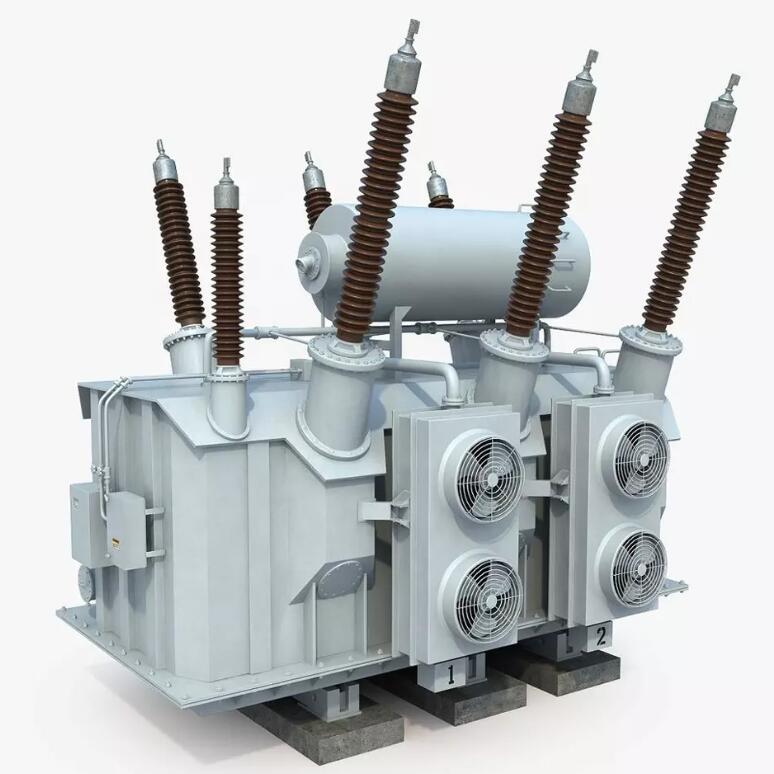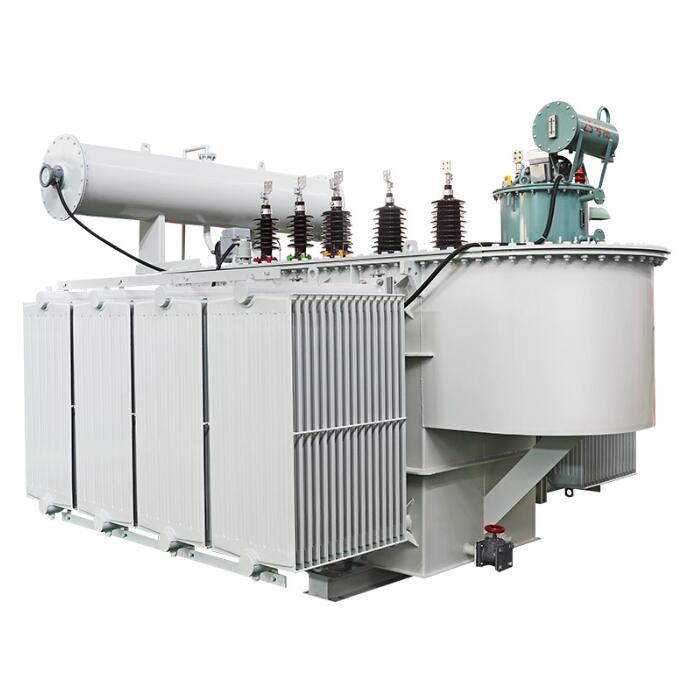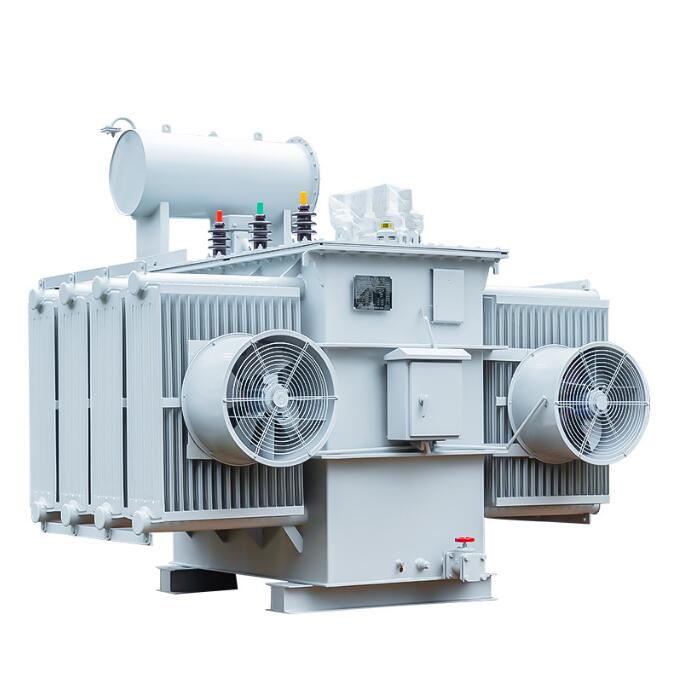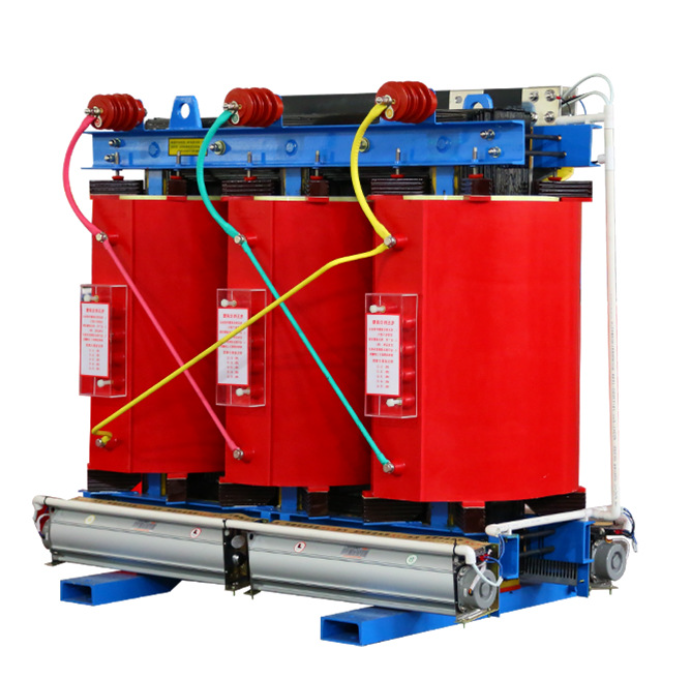Transformer is a static electrical equipment used to transform AC voltage and current and transmit AC power. It transmits electric energy according to the principle of electromagnetic induction. Transformers can be divided into power transformers, test transformers, instrument transformers and transformers for special purposes. Power transformers are necessary equipment for power transmission and distribution and power distribution for power users; The test transformer is used to conduct withstand voltage (voltage rise) test on electrical equipment; Instrument transformer is used for electrical measurement and relay protection of power distribution system (PT, CT); Transformers for special purposes include furnace transformer for smelting, welding transformer, rectifier transformer for electrolysis, small voltage regulating transformer, etc.
Power transformer is a static electrical equipment, which is used to change a certain value of AC voltage (current) into another or several different values of voltage (current) with the same frequency. When the primary winding is energized with alternating current, alternating magnetic flux will be generated. The alternating magnetic flux will induce AC electromotive force in the secondary winding through the magnetic conduction of the iron core. The secondary induced electromotive force is related to the number of turns of the primary and secondary windings, that is, the voltage is proportional to the number of turns. Its main function is to transmit electric energy. Therefore, rated capacity is its main parameter. The rated capacity is a customary value representing power, which represents the size of transmitted electric energy, expressed in kVA or MVA. When the rated voltage is applied to the transformer, it is used to determine the rated current that does not exceed the temperature rise limit under specified conditions. The most energy-saving power transformer is amorphous alloy core distribution transformer. Its biggest advantage is that the no-load loss value is extremely low. Whether the no-load loss value can be finally ensured is the core issue to be considered in the whole design process. When arranging the product structure, in addition to considering that the amorphous alloy core itself is not affected by external forces, the characteristic parameters of the amorphous alloy must be accurately and reasonably selected in the calculation.
Power transformer is one of the main equipment in power plants and substations. The role of transformer is multifaceted. It can not only raise the voltage to send electric energy to the power consumption area, but also reduce the voltage to the voltage used at all levels to meet the demand for electricity. In a word, the step-up and step-down must be completed by the transformer. In the process of power transmission in the power system, voltage and power losses will inevitably occur. When the same power is transmitted, the voltage loss is inversely proportional to the voltage, and the power loss is inversely proportional to the square of the voltage. The transformer is used to increase the voltage and reduce the power transmission loss.
The transformer is composed of two or more coil windings wound on the same iron core. The windings are connected by the alternating magnetic field and work according to the electromagnetic induction principle. The installation position of transformer shall be convenient for operation, maintenance and transportation, and the safe and reliable place shall be selected. The rated capacity of the transformer must be reasonably selected when using the transformer. Large reactive power is required for no-load operation of transformer. These reactive power will be supplied by the power supply system. If the transformer capacity is too large, it will not only increase the initial investment, but also make the transformer operate under no-load or light load for a long time, which will increase the proportion of no-load loss, reduce the power factor and increase the network loss. Such operation is neither economical nor reasonable. If the transformer capacity is too small, it will overload the transformer for a long time and damage the equipment easily. Therefore, the rated capacity of the transformer shall be selected according to the needs of the electrical load, and shall not be too large or too small.
Power transformers are classified according to their purposes: step-up (6.3kV/10.5kV or 10.5kV/110kV for power plants, etc.), interconnection (220kV/110kV or 110kV/10.5kV for substations), step-down (35kV/0.4kV or 10.5kV/0.4kV for power distribution).
Power transformers are classified according to the number of phases: single-phase and three-phase.
Power transformers are classified by windings: double windings (each phase is installed on the same iron core, and the primary and secondary windings are wound separately and insulated from each other), three windings (each phase has three windings, and the primary and secondary windings are wound separately and insulated from each other), and autotransformers (a set of intermediate taps of windings is used as primary or secondary output). The capacity of the primary winding of a three winding transformer is required to be greater than or equal to the capacity of the secondary and tertiary windings. The percentage of the capacity of the three windings is 100/100/100, 100/50/100, 100/100/50 according to the sequence of high voltage, medium voltage and low voltage. It is required that the secondary and tertiary windings cannot operate under full load. Generally, the voltage of the tertiary winding is low, and it is mainly used for near area power supply or compensation equipment to connect three voltage levels. Autotransformer: There are two types of step-up or step-down transformers. Because of its small loss, light weight and economical use, it is widely used in ultra-high voltage power grids. The commonly used model of small autotransformer is 400V/36V (24V), which is used for power supply of safety lighting and other equipment.
Power transformers are classified according to insulation medium: oil immersed transformers (flame retardant and non flame retardant), dry-type transformers, and 110kVSF6 gas insulated transformers.
The core of power transformer is of core structure.
The three-phase power transformer configured in general communication engineering is a double winding transformer.
Troubleshooting:
1. Oil leakage at welding point
It is mainly due to poor welding quality, faulty welding, desoldering, pinholes, sand holes and other defects in the welds. When the power transformer leaves the factory, it is covered with welding flux and paint, and hidden dangers will be exposed after operation. In addition, electromagnetic vibration will cause welding vibration cracks, causing leakage. If leakage has occurred, first find out the leakage point, and do not omit it. For the parts with serious leakage, flat shovels or sharp punches and other metal tools can be used to rivet the leakage points. After controlling the leakage amount, the surface to be treated can be cleaned. Most of them are cured with polymer composites. After curing, the purpose of long-term leakage control can be achieved.
2. Seal leakage
The reason for poor sealing is that the seal between the box edge and the box cover is usually sealed with oil resistant rubber rod or rubber gasket. If the joint is not handled properly, it will cause oil leakage. Some are bound with plastic tape, and some directly press the two ends together. Due to rolling during installation, the interface can not be pressed firmly, which can not play a sealing role, and still leaks oil. FusiBlue can be used for bonding to make the joint form a whole, and oil leakage can be greatly controlled; If the operation is convenient, the metal shell can also be bonded at the same time to achieve the purpose of leakage control.
3. Leakage at flange connection
The flange surface is uneven, the fastening bolts are loose, and the installation process is incorrect, resulting in poor fastening of the bolts and oil leakage. After tightening the loose bolts, seal the flanges, and deal with the bolts that may leak, so as to achieve the goal of complete treatment. Tighten the loose bolts in strict accordance with the operation process.
4. Oil leakage from bolt or pipe thread
When leaving the factory, the processing is rough and the sealing is poor. After the power transformer is sealed for a period of time, oil leakage occurs. The bolts are sealed with high polymer materials to control leakage. Another method is to screw out the bolt (nut), apply Forsyth Blue release agent on the surface, and then apply materials on the surface for fastening. After curing, the treatment can be achieved.
5. Leakage of cast iron
The main causes of oil leakage are sand holes and cracks in iron castings. For crack leakage, drilling crack stop hole is the best method to eliminate stress and avoid extension. During treatment, lead wire can be driven into the leakage point or riveted with a hammer according to the condition of the crack. Then clean the leakage point with acetone and seal it with materials. Cast sand holes can be directly sealed with materials.
6. Oil leakage from radiator
The radiator tubes are usually made of welded steel tubes by pressing after being flattened. Oil leakage often occurs in the bending and welding parts of the radiator tubes. This is because when pressing the radiator tubes, the outer wall of the tubes is under tension and the inner wall is under pressure, resulting in residual stress. Close the upper and lower flat valves (butterfly valves) of the radiator to isolate the oil in the radiator from the oil in the tank and reduce the pressure and leakage. After determining the leakage position, appropriate surface treatment shall be carried out, and then Faust Blue materials shall be used for sealing treatment.
7. Oil leakage of porcelain bottle and glass oil label
It is usually caused by improper installation or seal failure. Polymer composites can well bond metal, ceramics, glass and other materials, so as to achieve the fundamental control of oil leakage.
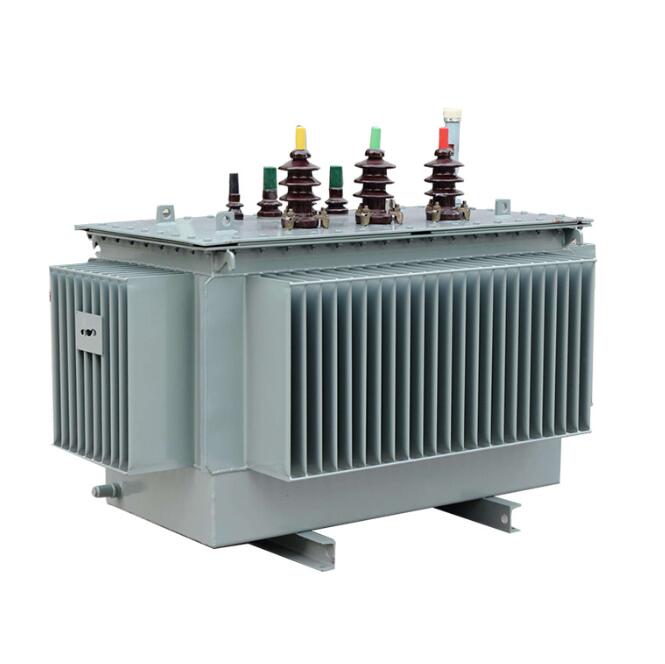
Post time: Nov-19-2022

